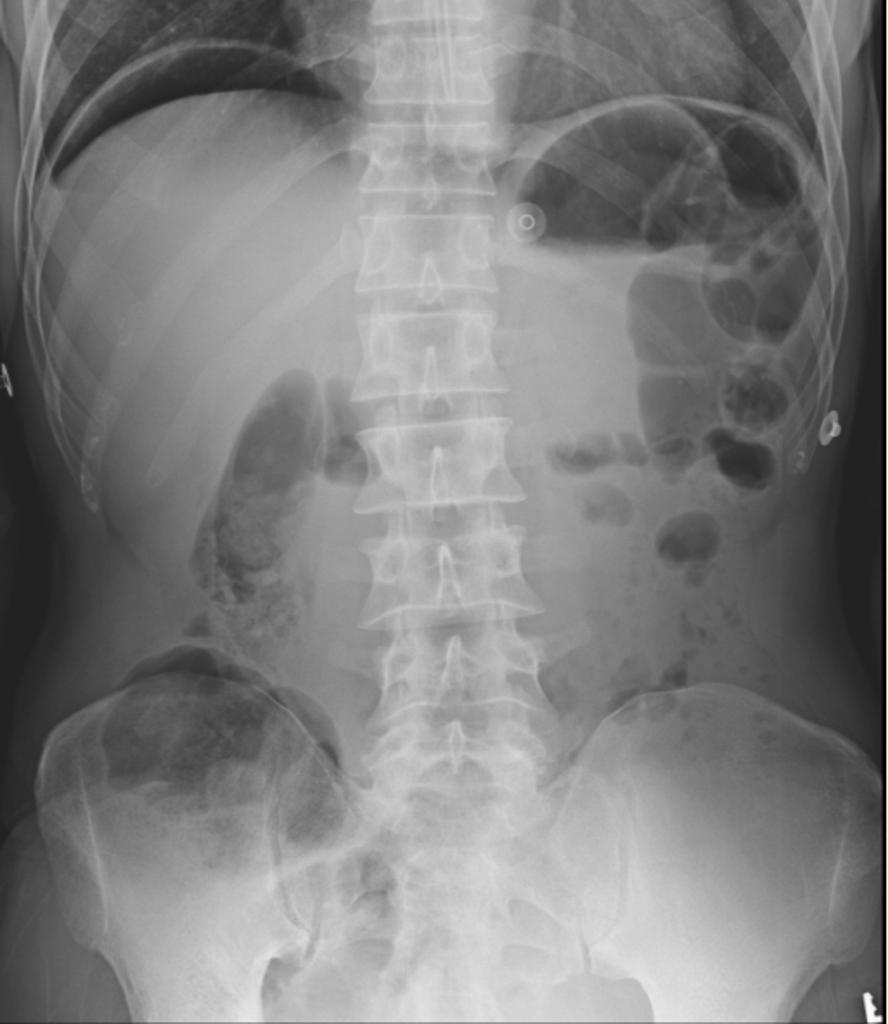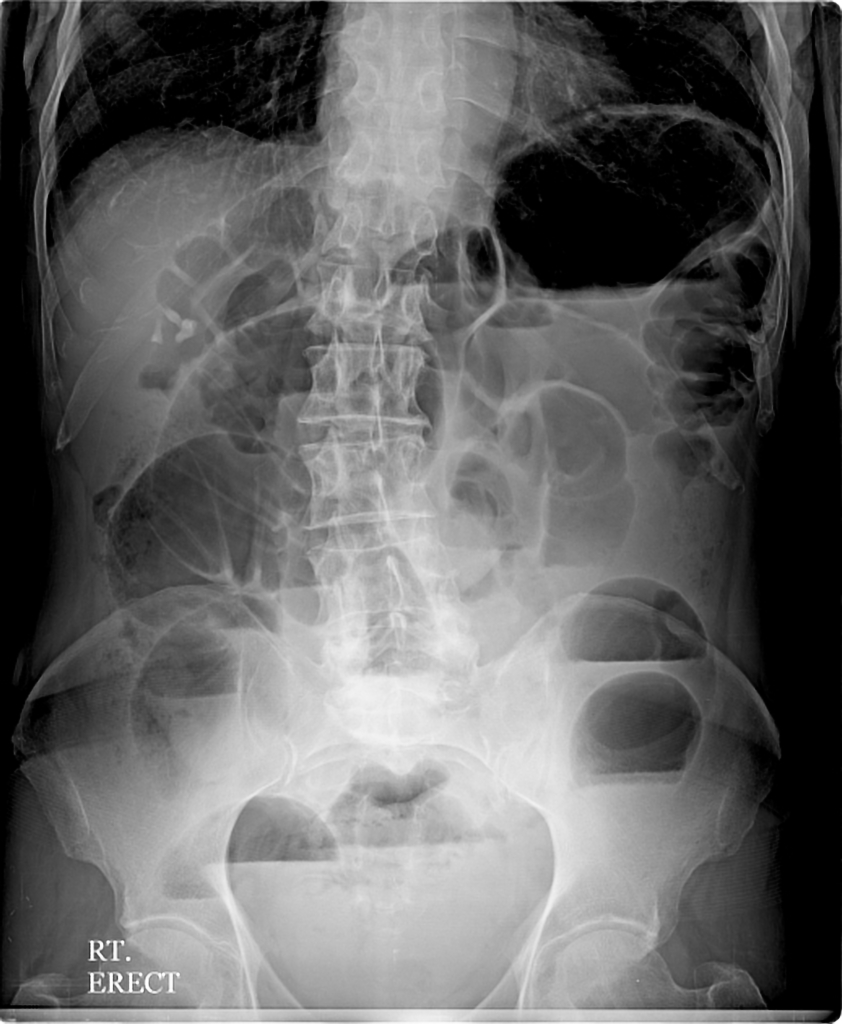Gastrointestinal perforation x-ray: Difference between revisions
No edit summary |
No edit summary |
||
| Line 28: | Line 28: | ||
* Anterior displacement of the [[trachea]] | * Anterior displacement of the [[trachea]] | ||
* Air in the [[Prevertebral fascia|prevertebral fascial]] planes on lateral view | * Air in the [[Prevertebral fascia|prevertebral fascial]] planes on lateral view | ||
Ultrasound | Ultrasound | ||
Revision as of 19:59, 30 December 2017
Editor-In-Chief: C. Michael Gibson, M.S., M.D. [1]; Associate Editor(s)-in-Chief: Mohammed Abdelwahed M.D[2]
|
Gastrointestinal perforation Microchapters |
|
Differentiating gastrointestinal perforation from other diseases |
|---|
|
Diagnosis |
|
Treatment |
|
Case Studies |
|
Gastrointestinal perforation x-ray On the Web |
|
American Roentgen Ray Society Images of Gastrointestinal perforation x-ray |
|
Risk calculators and risk factors for Gastrointestinal perforation x-ray |
Overview
Chest imaging
- Findings of chest x-ray in esophageal perforation include:
- Pneumomediastinum
- Ring-around-the-artery sign in cases of pneumomediastinum: gas around pulmonary artery and main branches
- Widening of the mediastinum
- Free air under the diaphragm on upright films
- Pleural effusion
- Abnormal cardiomediastinal contour
Abdominal imaging
- Free gas under the diaphragm is a classic sign of pneumoperitoneum on erect chest.
- Cupola sign is an arcuate lucency over the lower thoracic spine. [98]
- Rigler sign is seen as gas outlines the inner and outer surfaces of the intestine.
- Psoas sign is air in the retroperitoneal space outlining the psoas muscle.
- Urachus sign is air in the preperitoneal space outlining the urachus or umbilical ligaments.
Neck imaging
Signs of perforation on plain neck imaging include:
- Subcutaneous emphysema tracking into the neck
- Anterior displacement of the trachea
- Air in the prevertebral fascial planes on lateral view
Ultrasound
although not a primary modality for evaluating pneumoperitoneum, free gas can be detected on ultrasound when gas shadowing is present along the peritoneum
make sure that the gas is not within the colon before deciding on calling pneumoperitoneum

